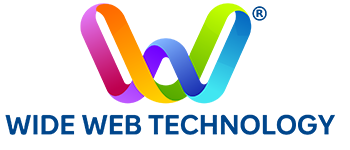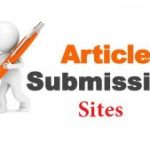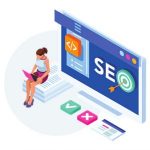ON PAGE SEO
On-page SEO is the practice of optimizing content and HTML source code to clearly define what your webpage is and what information it is providing. On-page SEO leads to higher search rankings, increased traffic to your site, and more conversions. On-page SEO is one of the major parts of SEO.On-page SEO also known as “on-site SEO”.
The results of on-page SEO take time, but once you’re on-page SEO Services gets off the ground, it can make your online rankings and sales soar.On-page SEO is consists of all the elements of SEO you can control best. If you own a website, you can control the technical issues and the quality of your content. We believe on-page issues should all be tackled as they’re in your own hands. On-page SEO will also increase the probability that your off-page SEO strategy will be successful.
In other words, on-page SEO is not just about strategically placing keywords on your page. That advice is massively outdated.On-page SEO is a critical component of content marketing.On-page SEO is vital because it helps users, and search engines, read and interpret website content. On-page optimization lives on the page of content.On-page SEO is one area where you have greater control.On-page optimization is critical to successful SEO, but it’s only half of the equation. On-page optimization factors are given below:
- URL:-URLs for your website’s pages should include brief descriptions of the page’s topic.
- Title tag:- Title tag is page’s title, but it only appears in search results.
- Meta description:- Meta description is page’s summary and appears in SERPs.
- Heading tags:- Heading tags break up content with H2s, H3s, and H4s to improve its readability.
- Alt tags:-Alt tags provide more information for multimedia, like images and videos.
- Keywords:-Keywords describe words used in SEO to target valuable user queries.
- Content:-Content provides users with answers and search engines with context.
- Speed:-Page speed measures how fast content on a page loads.
- Internal linking:-Internal linking describes linking to and from pages on your website.
- Images:- Images are a form of multimedia that helps people understand and skim content.
- Mobile-friendliness:-Mobile-friendliness describes your site’s usability on mobile devices.
On-page SEO relies on the actual content of the page which means that anything within the website can fall into the realm of potentially effecting SEO – this includes text, Meta data, multi-media content, HTML code, CSS, JavaScript, and more. In general, this is called “content,” although oftentimes marketers use “content” to refer to the main text of the page. In fact on-page SEO offers the best ROI out of nearly any digital marketing strategy with its relatively low-cost and long-term benefits that can help websites grow and bring in passive traffic for years.

 Previous Post
Previous Post Next Post
Next Post